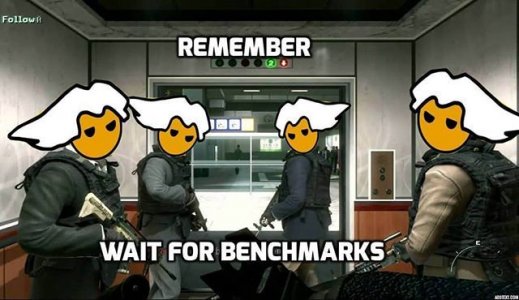https://wccftech.com/amd-radeon-rx-6800-rdna-2-graphics-card-ray-tracing-dxr-benchmarks-leak-out/
Grain of Salt obviously. But it if true its possible... AMD is going to win RT. Again if this isn't BS NV looks to be behind unless they use their DLSS.
If AMD ends up with a DLSS type setting... they could remove ALL Nvidia check marks.
Grain of Salt obviously. But it if true its possible... AMD is going to win RT. Again if this isn't BS NV looks to be behind unless they use their DLSS.
If AMD ends up with a DLSS type setting... they could remove ALL Nvidia check marks.
![[H]ard|Forum](/styles/hardforum/xenforo/logo_dark.png)

